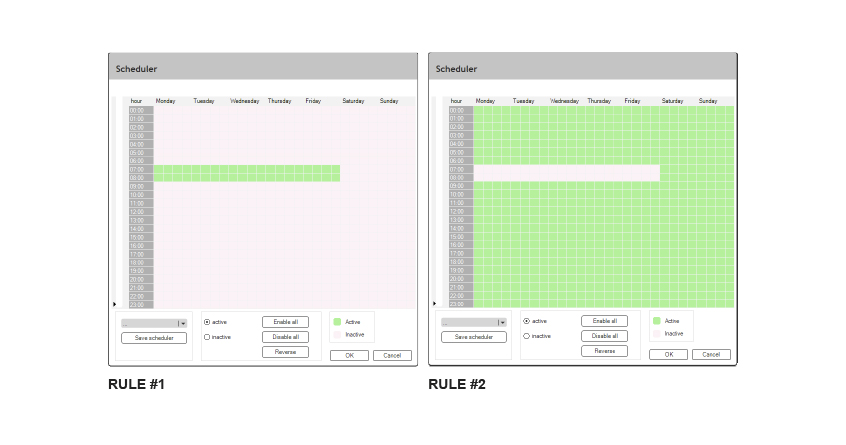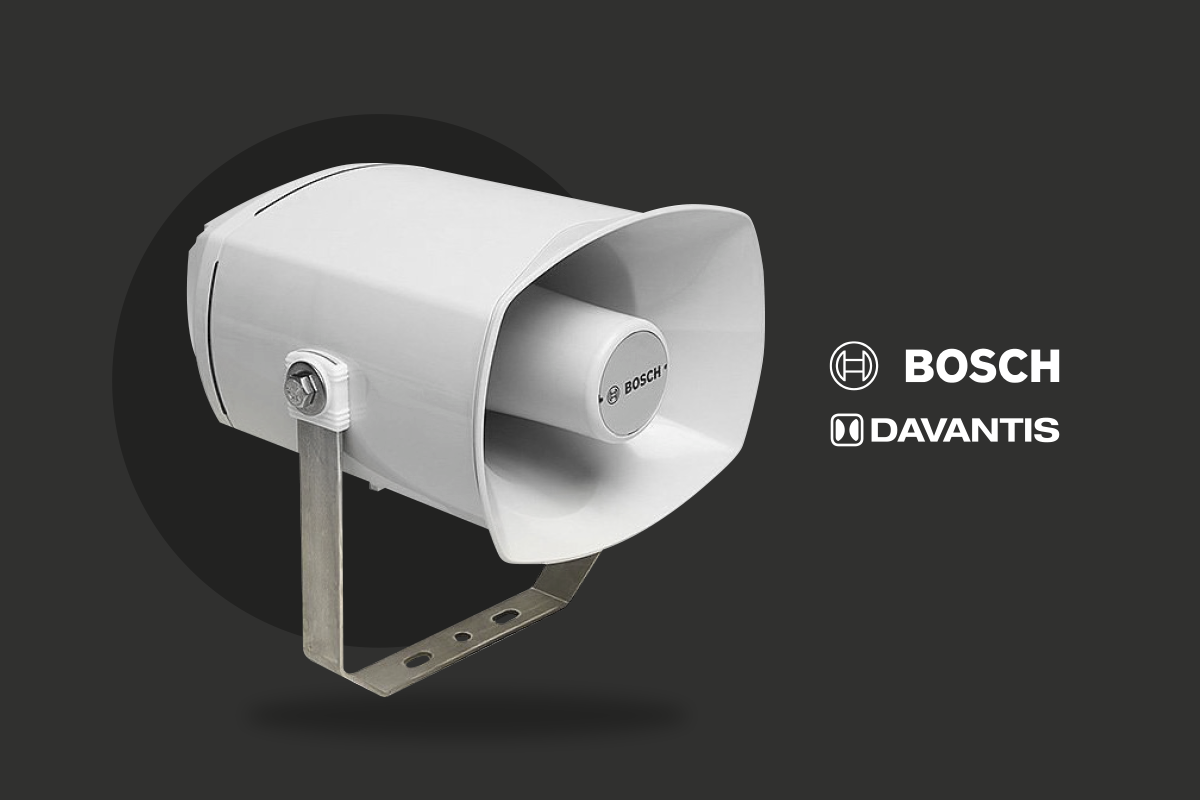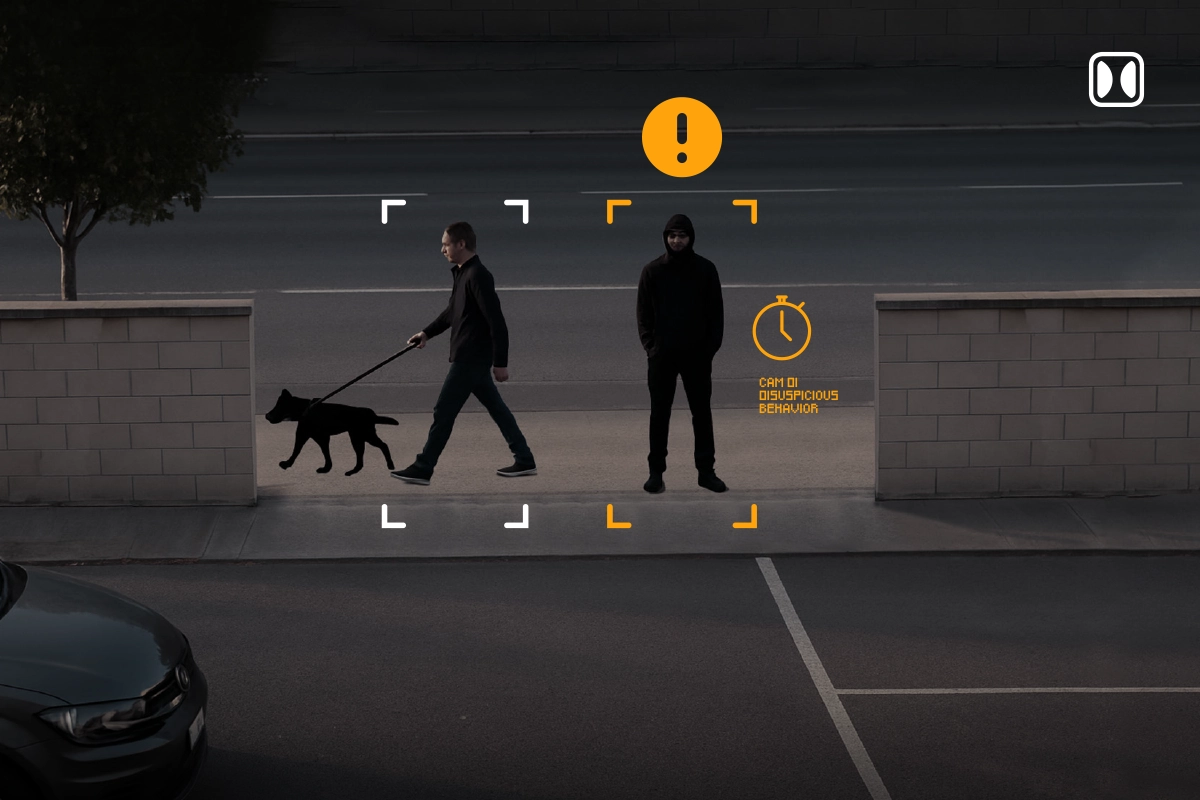Quick detection is the kingpin of effective perimeter security, hence the importance of a technology that adapts to the specific environment and needs of the project. All projects have idiosyncrasies, and it is important to remember this when installing CCTV video surveillance systems. DAVANTIS offers smart video analytics systems capable of integrating with all types of security hardware, as well as with monitoring stations, control centres and PSIM. Our technology is so versatile that is set to reduce the risks of delayed arming and disarming in perimeter security installations.
Delayed disarming refers to the number of seconds that the system waits under a rule before sending an alarm to the monitoring station. This delay feature gives the user time to disarm the alarm with the alarm keypad or to disable the system without alerting the CMS.
Delayed arming: these are the seconds that elapse from arming a partition until detection begins, when it starts sending alarms to the monitoring station. This deferred exit feature gives the user time to leave the site without alerting the monitoring station.
These delays can be extremely troublesome for video surveillance systems. In general, video analytics do not have settings that factor in arming and disarming delays, which means that false alarms are generated. With DAVANTIS, there are numerous settings you can adjust to meet each company’s security needs.
Let’s look at a real-world example:
In an industrial setting, the installer should set a disarming delay (or arming delay) of 120 seconds, because two minutes is the time it takes the worker to enter the site and get to the control panel to disable it. These 120 seconds are long ones, and critical to security because they give a window of opportunity to a would-be intruder. It means that it takes two more minutes before the alarm is sent, regardless of whether it is a legitimate visitor or a thief.
DAVANTIS does a case study of the company and its entry/access rules. If the company has a fixed timetable, and remembering that the first worker (the one who disarms the alarm) starts work at between seven and nine o’clock, we suggest dividing the detection of this camera into two inverted time bands. Therefore, we would define the following rules:
RULE 1: This rule has a delay of 120 seconds from Monday to Friday, from seven o’clock to nine o’clock, to avoid notifying the alarm monitoring station of false positives caused by employees arriving on site.
RULE 2: This is a rule with an inverted timetable, 24 hours of the day, during which the Alarm Monitoring Station is notified immediately. This means that the thief does not have a two-minute advantage and streamlines the entire intruder-management process.
These rules allow us to arm the systems and to implement rule 1 (Delayed) or rule 2 (Instant) according to the time of day.
At DAVANTIS, we are experts in perimeter security. Our video analytics systems include efficient solutions for all types of installation, offering maximum adaptability and versatility to provide the highest standards of protection. We also have a technical support team to guide you throughout the installation process and afterwards, if you need advice or maintenance. Because you can’t afford to let a single detection slip by, and nor can we.






